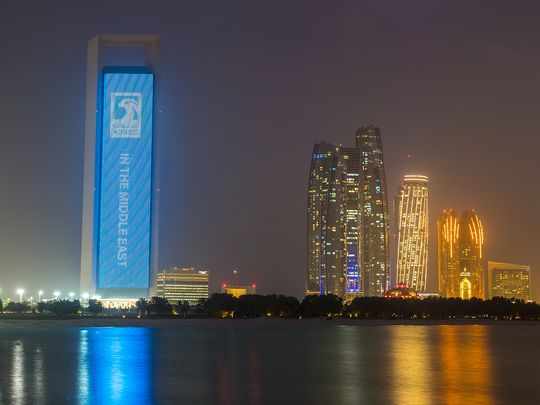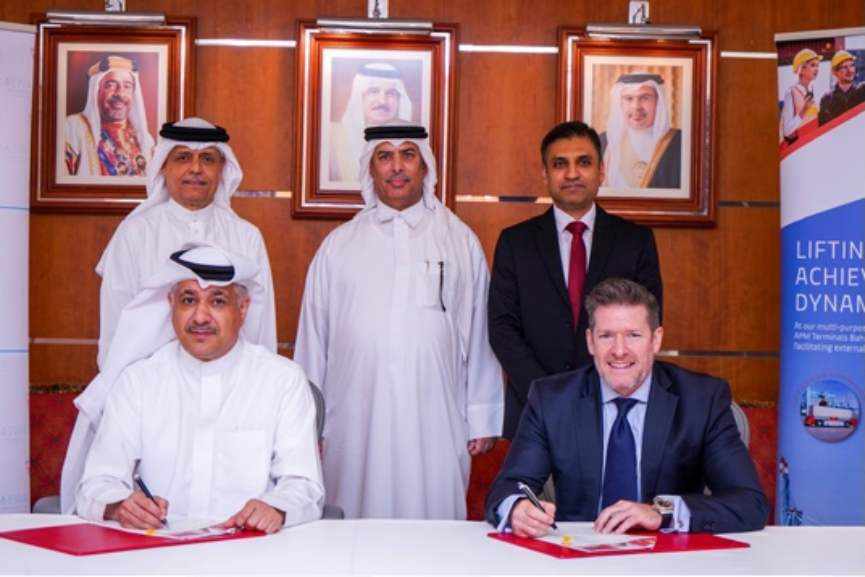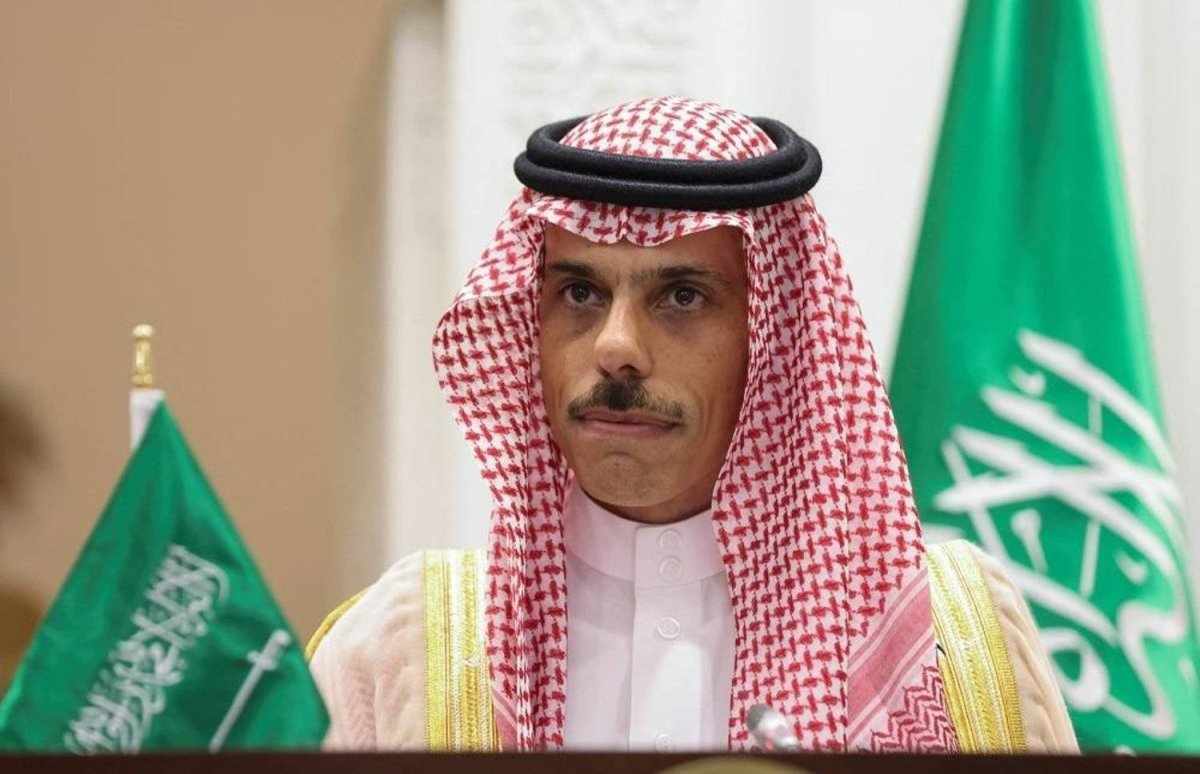OPEC+: Understanding the differences over oil production capacity
- Date: 29-May-2024
- Source: Gulf Business
- Sector:Oil & Gas
- Country:Saudi Arabia
OPEC+: Understanding the differences over oil production capacity
Image credit: Getty Images
OPEC+ is working to agree oil production capacity for its member countries by the end of 2024, an issue that has created tensions in the past because each nation’s output target is calculated from its notional capacity.
Members of OPEC+, comprising OPEC and allies such as Russia, tend to push for higher capacity to get higher output targets after the percentage cut required by the group is factored in.
OPEC+ has been curbing output to support prices.
But as many members rely on oil export revenues, they have an incentive to push for the highest production quota they can.
How to manage capacity?
OPEC+ members previously reported their own capacity figures.
To try to diffuse disagreements, the group has tasked three independent consultancies – IHS, Wood Mackenzie and Rystad – to assess member capacity before the end of June.
These assessments won’t be ready for the next OPEC+ online meeting on June 2. But the group will need to make progress on the issue if it is to use new capacity figures to estimate future cuts after the existing ones expire at the end of 2024.
Saudi Arabia, the world’s third largest producer, has said countries that have expanded capacity should be rewarded for their



















